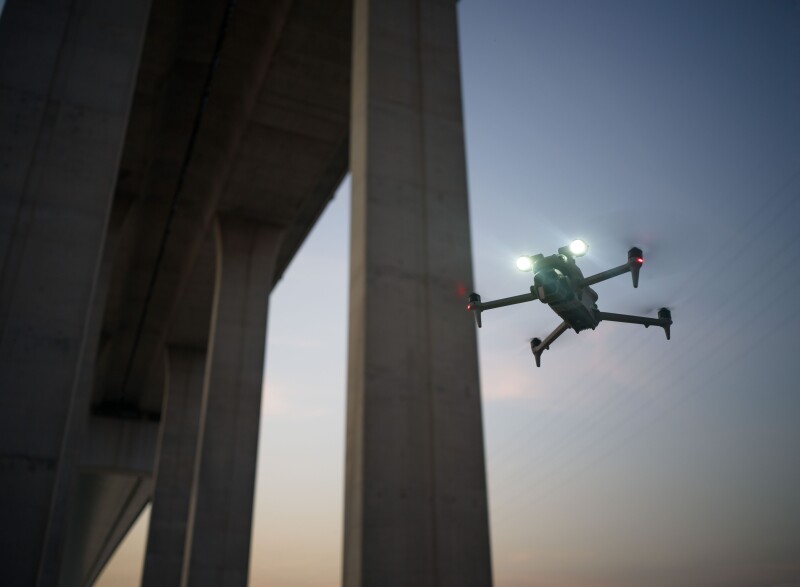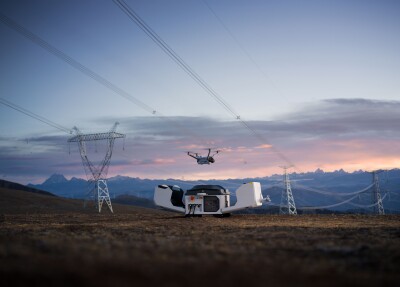On Thursday, DJI announced the release of a flagship enterprise drone series, the DJI Matrice 4 Series. The compact drones, starting with the launch of the Matrice 4T and the Matrice 4E, feature capabilities such as smart detection and laser range finder measurement, according to the release.
"With the Matrice 4 Series, DJI is ushering in a new era of intelligent aerial operations. In equipping our industry-leading enterprise drones with AI, search and rescue teams can save lives faster," said Christina Zhang, Senior Director of Corporate Strategy at DJI, in a statement. "Moreover, the intelligent features in the Matrice 4 Series will be raised to a new level, enabling enterprise drones to better address the escalating operational demands in different complex scenarios."
The China-based company notes that these enterprise drones can be used for multiple use cases, specifically highlighting their potential usage in public safety and search and rescue work, as well as construction and surveying for inspection workflows. The DJI Matrice 4 Series features two cameras, with a 70mm medium telephoto lens that can identify screws and cracks in inspections of things like power lines and bridges from a distance of 10 meters. Additionally, a 168mm telephoto lens can capture details from as far as 250 meters away. The series also includes a laser finder that can measure distances from 1800 meters away.
As noted above, The two drones featured in this release are the Matrice 4T and the Matrice 4E. While the former is catered more to emergency response and public safety, per the release from DJI, the 4E is designed for surveying, mapping, and inspections. According to the company, “The 24mm wide-angle lens with mechanical shutter allows for high-speed aerial surveying from multiple angles. Rapid 0.5-second interval shooting at 21 m/s is supported. With Smart 3D Capture, rough models and precise mapping routes can be generated on the remote controller.”
The new series of drones also includes DJI’s self-developed RTK module as a standard with either of the offerings, which they say will provide comprehensive visibility for enhanced safety. The configuration includes a five-directional vision asset view along with downward vision, and updates return-to-home points throughout visual positioning, even without GNSS signals. If connected to the internet, the remote controller can download terrain obstacle details and detailed offline maps, enabling automatic path planning for obstacle avoidance and helping pilots navigate at night or through mountainous areas.
In the United States specifically, DJI is still in a bit of a shaky position given the continued uncertainty of possible government restrictions on the company’s drones. Over the last year or so, there have been growing calls from the United States legislature to impose a de facto ban on the China-based company’s drones in the United States, and the changing administration figures to continue that push, at least to some extent.
We’ve previously covered how this potential ban could impact the construction industry, as DJI’s capabilities and price points have been tough to match on the domestic market, and the release of these new drones specifically for inspections will continue to put pressure on legislators looking to enact a potential ban. For those outside the United States, the new enterprise series from DJI will likely be a welcome addition to the market, and even within the U.S. there should be plenty of interest as the AEC industry continues to wait for more news on this front.







